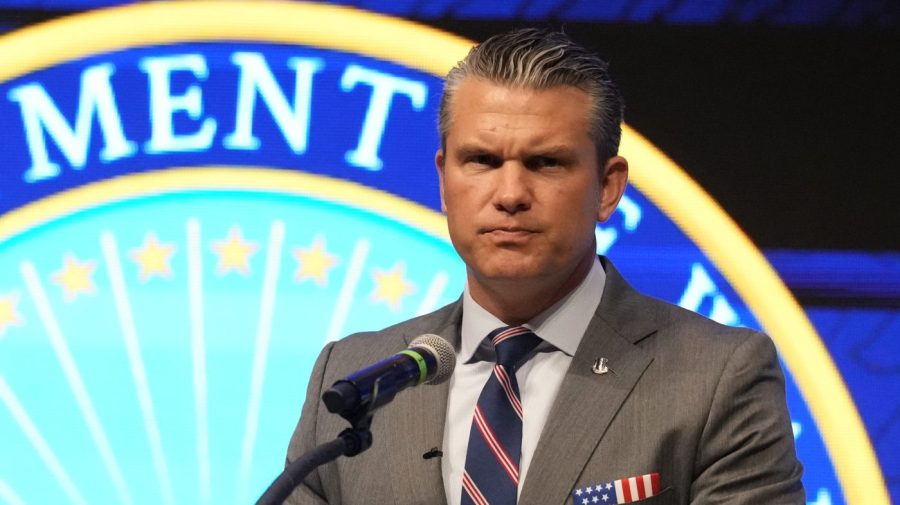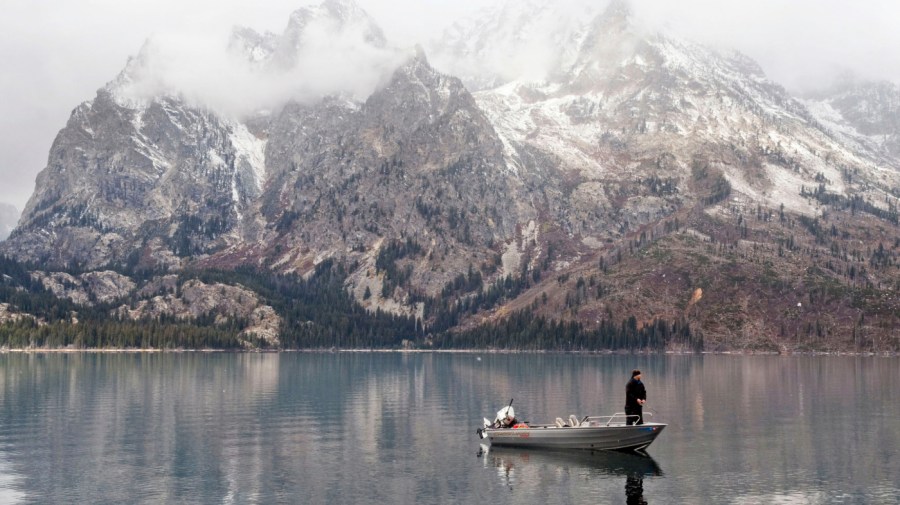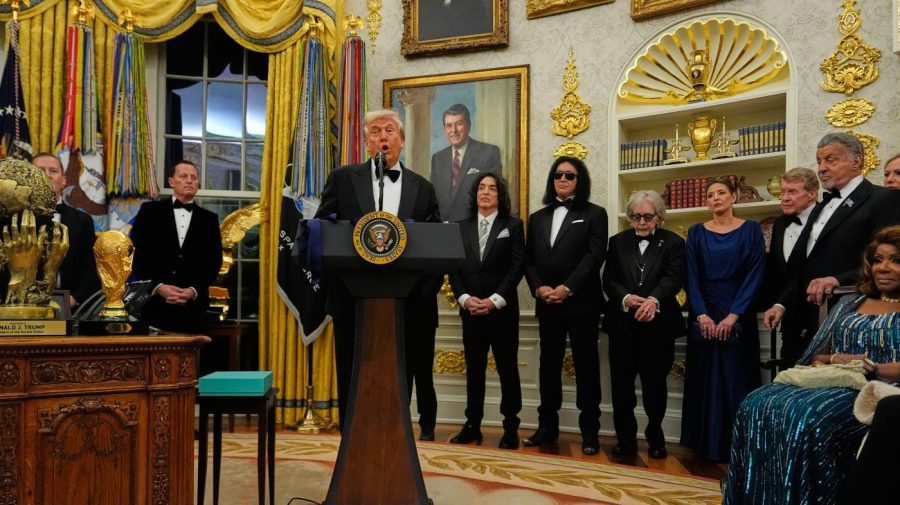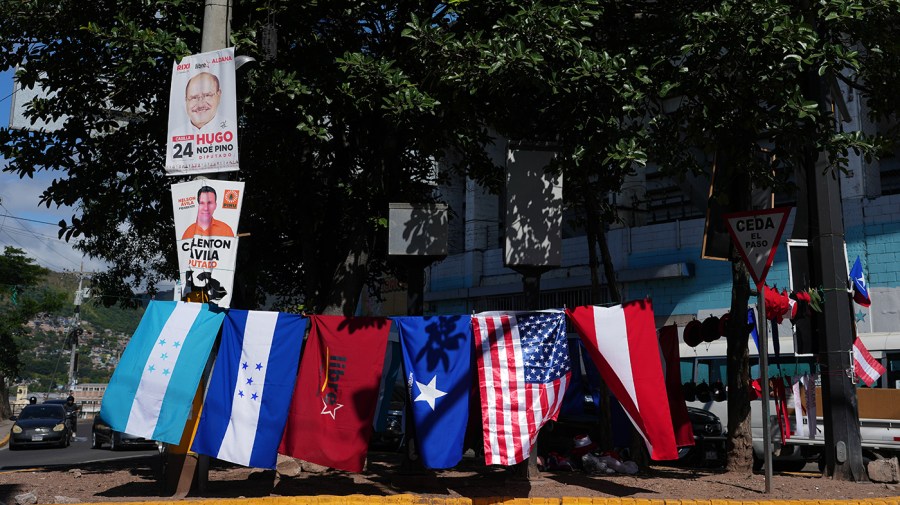
As protests erupted across Los Angeles and other U.S. cities in response to police brutality and racial injustice, questions have resurfaced about the powers a president holds during times of civil unrest. During the height of the George Floyd protests in 2020, then-President Donald Trump hinted at deploying the U.S. military to quell the unrest. But can a president actually send the National Guard into a state like California without the governor’s approval?
To answer that, we need to look at an old but powerful law: the Insurrection Act.
Table of Contents
What Is the Insurrection Act?
The Insurrection Act is a federal law that dates back to 1807. It gives the President of the United States the authority to deploy active-duty military or federalized National Guard troops within the country to suppress civil disorder, insurrection, or rebellion. Essentially, it allows the president to override a state governor’s wishes under certain extreme circumstances.
This law has been used sparingly throughout U.S. history, typically during moments of deep national crisis. Think the Civil War, the desegregation of Southern schools in the 1950s and 60s, or Hurricane Katrina in 2005, when President George W. Bush considered invoking it to restore order in New Orleans.
But even though it’s been on the books for over 200 years, the Insurrection Act is one of those laws that remains a bit murky in public understanding — and controversy flares up every time it’s mentioned.
Trump and the 2020 Protests
In May and June of 2020, following the police killing of George Floyd, protests against systemic racism and police violence swept the nation. In many cities, including Los Angeles, these demonstrations began peacefully but sometimes escalated into violence, looting, and clashes with police.
As tensions rose, President Trump expressed frustration with Democratic governors and mayors, accusing them of being too soft on protesters. He threatened to use the military to “dominate” the streets and restore order. This is when the Insurrection Act entered the national conversation once again.
In a speech from the White House Rose Garden, Trump said, “If a city or state refuses to take the actions that are necessary to defend the life and property of their residents, then I will deploy the United States military and quickly solve the problem for them.”
That statement set off alarms — not just among political opponents, but even within the military and legal communities.
Can the President Really Do That?
Technically, yes — but it’s not quite that simple.
Under normal circumstances, National Guard troops are under the control of state governors. Governors can call up the Guard to respond to natural disasters, major events, or civil unrest. In 2020, California Governor Gavin Newsom did just that, deploying National Guard units to Los Angeles and other cities to help maintain order.
But if a president believes a state is either unable or unwilling to control an insurrection or protect the constitutional rights of its citizens, the Insurrection Act allows him to federalize the Guard or bring in active-duty military without the governor’s consent.
There are three main conditions under which the Act can be invoked:
At the request of a state governor when there’s an insurrection beyond the state’s ability to control.
To enforce federal laws when the normal course of justice is being obstructed.
To protect constitutional rights when state authorities are unable or unwilling to do so.
In the case of the 2020 LA protests, Trump would have had to make the case that California’s response was failing to such an extent that federal intervention was necessary. That’s a high bar — and one that has not been met often in modern times.
Why the Pushback?
Many legal experts, civil rights advocates, and even military officials voiced concern over Trump’s threats to invoke the Insurrection Act. The primary worry was that such a move could militarize a civilian crisis, potentially escalating tensions rather than calming them.
There’s also a deeper fear: that using the military domestically, especially against American citizens protesting government actions, can set a dangerous precedent. America has long cherished the principle of keeping the military out of civilian affairs. That’s why the Posse Comitatus Act, passed in 1878, generally prohibits federal troops from being used to enforce domestic policies — unless another law, like the Insurrection Act, allows it.
A President’s Power – And Its Limits
Ultimately, Trump did not formally invoke the Insurrection Act, although the mere threat rattled nerves nationwide. Instead, state and local officials — including California’s leaders — managed the unrest with their own resources, including the National Guard under state control.
Still, the moment served as a stark reminder of how much power the presidency holds during national emergencies — and how that power can spark intense debate.
Whether you saw Trump’s posture as a necessary show of strength or a troubling overreach, one thing is clear: the Insurrection Act isn’t just a dusty piece of legal history. It remains a powerful — and controversial — tool in the presidential toolbox, one that can shape how America responds to moments of chaos, protest, and upheaval.












Some truly wonderful articles on this internet site, thanks for contribution.